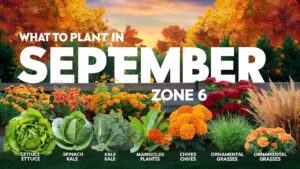California’s diverse climate allows for year-round gardening opportunities, even during the winter months when much of the country experiences harsh conditions.
December, in particular, stands out as a time when Southern California’s mild weather nurtures an incredible array of plants—from vibrant vegetables to fragrant herbs and delicate flowers.
This post will guide you through essential tips for planning your winter garden in California, what to plant during December, and provide key maintenance strategies to ensure flourishing plants throughout this season.
Understanding the Regional Climates
Before diving into specific plants, it’s important to grasp California’s varying climates. The state is divided into several agricultural regions, including coastal, inland valleys, and mountainous areas, each offering unique temperature ranges, precipitation levels, and growing conditions.
Southern California Climate
Southern California is celebrated for its Mediterranean climate, characterized by mild, wet winters and hot, dry summers. This climate creates a prime environment for gardening throughout the year, with temperatures in December typically ranging from the mid-40s to mid-60s°F (7-20°C). This means that many hardy plants can be sown directly into the ground or transplanted without the risk of frost.
Northern California Climate
While Southern California has a more lenient winter, Northern California experiences cooler temperatures and increased rainfall. However, even in the north, gardeners can take advantage of the milder winter days for specific crops. It’s crucial for Northern California residents to select plants that can withstand potential frost, especially in the higher elevations.
Coastal vs. Inland Valleys
The coastal climate is often more temperate and protected from the full brunt of winter weather compared to inland valleys, which can experience greater temperature fluctuations. As you plan your garden, consider these differences to ensure you’re choosing plants well-suited to your immediate environment.
What to Plant in December in Southern California
Southern California’s favorable climate welcomes a variety of vegetables, herbs, fruits, and flowers that can thrive even in December. Below, we’ll explore each category of plants you can consider for your winter garden.
Vegetables
Growing vegetables in December can yield a bountiful harvest by spring. Here are some options you can easily plant:
1. Broccoli
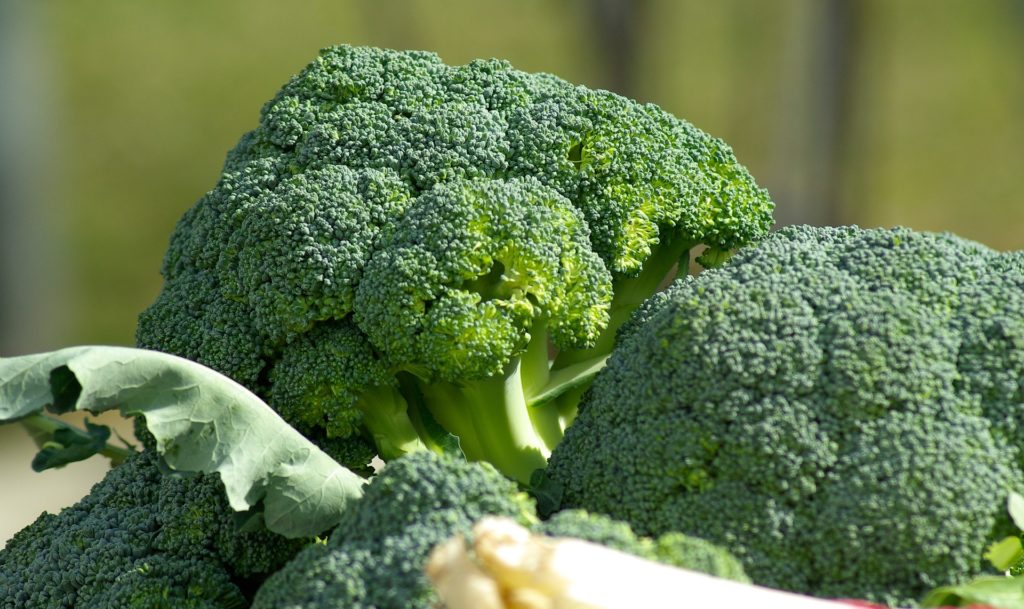
Broccoli thrives in cooler weather. Plant seedlings or seeds in well-prepared soil rich in organic matter for a robust harvest.
2. Brussels Sprouts
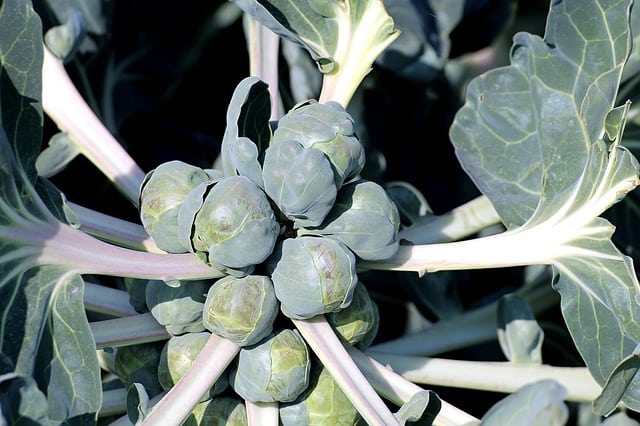
These plants prefer cool weather and will develop their sprouts as the weather remains chilly. Ensure adequate spacing for optimal growth.
3. Cabbage
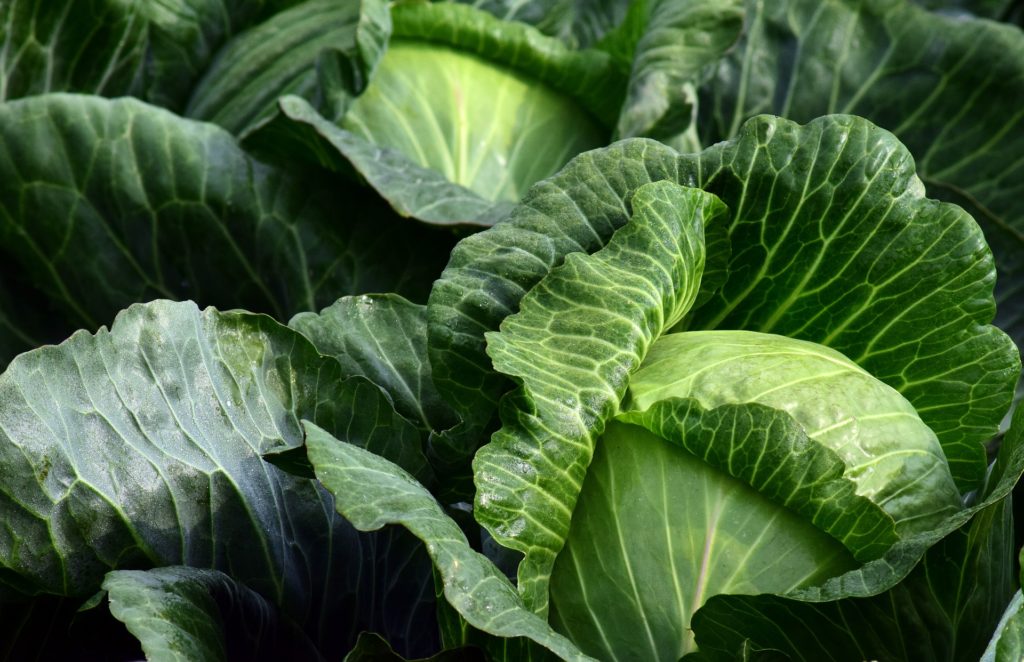
Cabbage is another cold-hardy vegetable that can thrive during winter. Choose varieties that are well-suited to your local climate.
4. Carrots
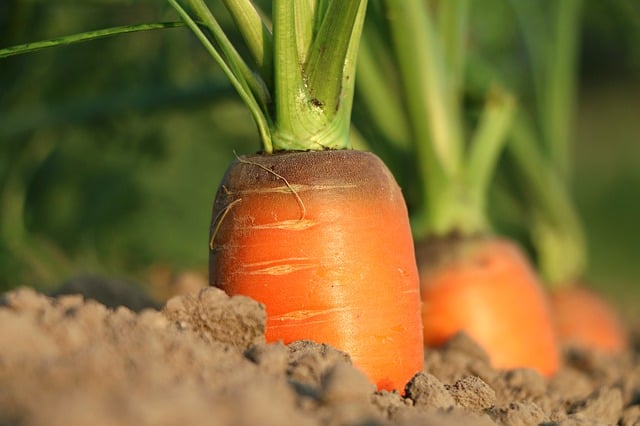
Plant carrot seeds directly into the soil. They require minimal maintenance, making them a perfect choice for winter gardening.
5. Cauliflower
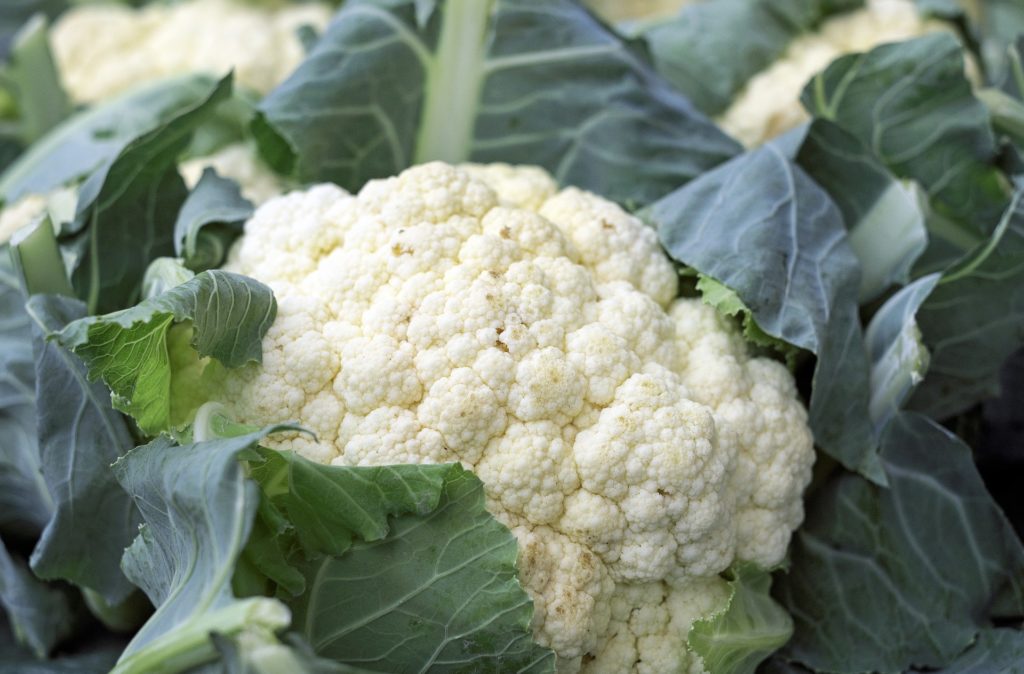
Like broccoli, cauliflower prefers cool temperatures. Plant seedlings in fertile soil, and protect them from heavy rains.
6. Kale
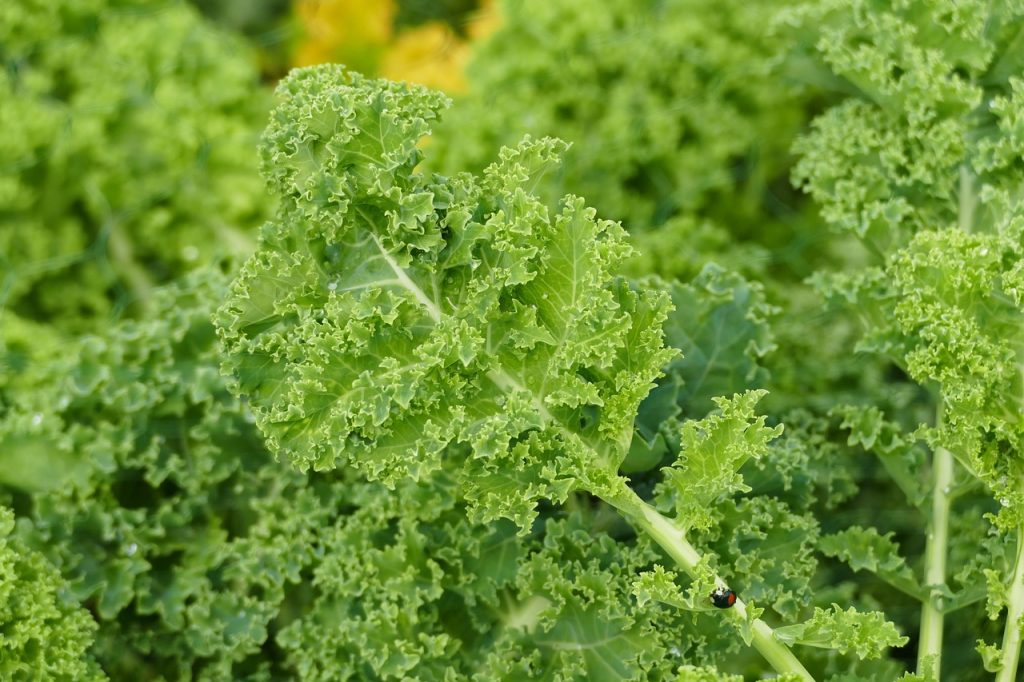
Kale is notoriously resilient and can survive through frost, enhancing its flavor. It’s a perfect winter green for salads and smoothies.
7. Lettuce
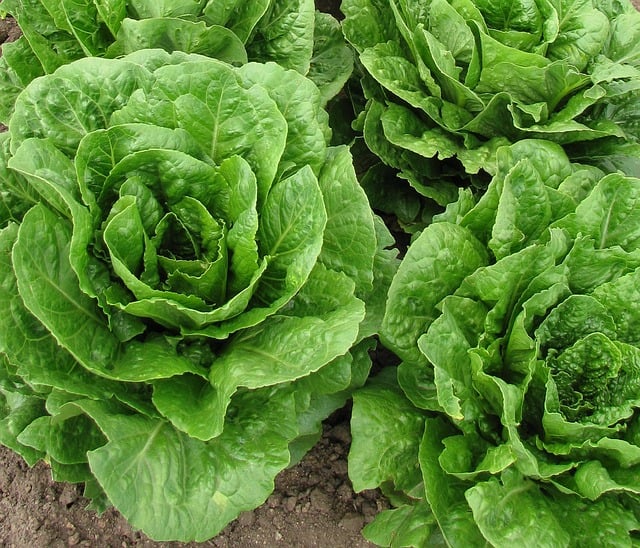
Lettuce grows quickly and can be sown in cycles for continuous harvest. Choose leaf varieties for a quicker yield.
8. Onions

Plant onion sets or seeds directly into the ground. They will grow steadily during winter and be ready for harvest in spring.
9. Peas
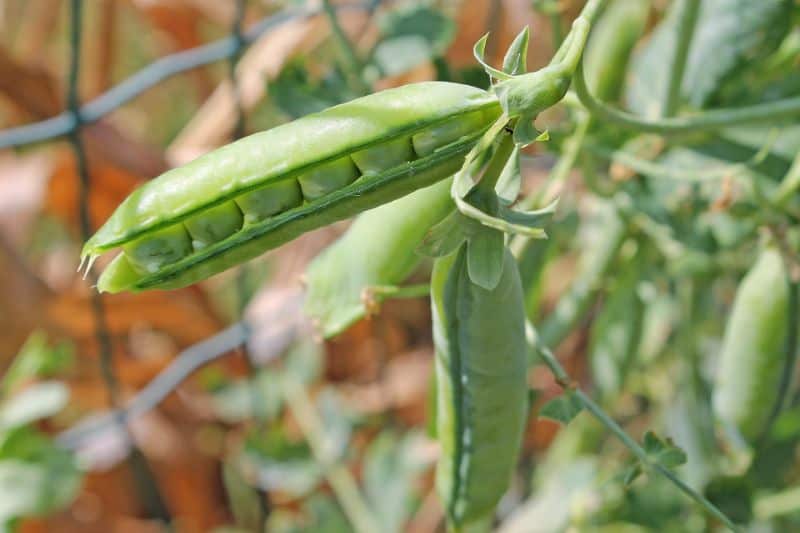
Snap peas and snow peas can be planted in December. Support them with trellises or stakes as they grow.
10. Potatoes
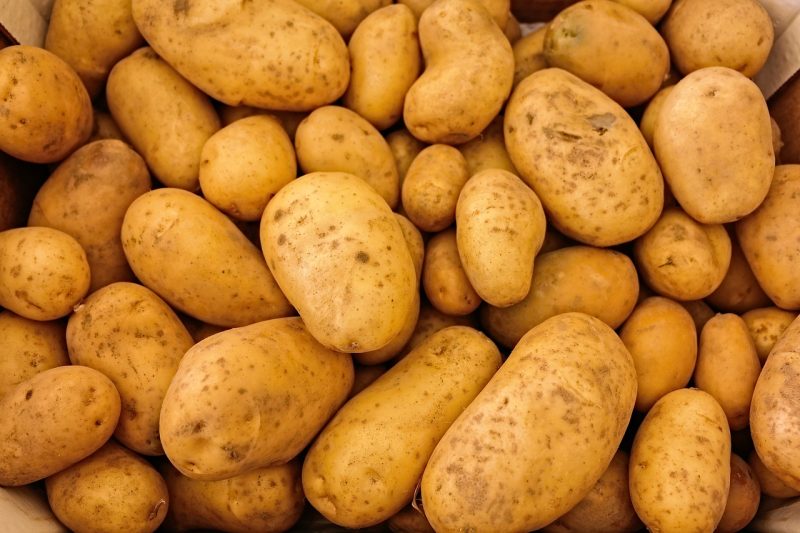
Though it’s a little late for planting traditional potatoes, you can try growing “new potatoes” for an early harvest.
11. Radishes
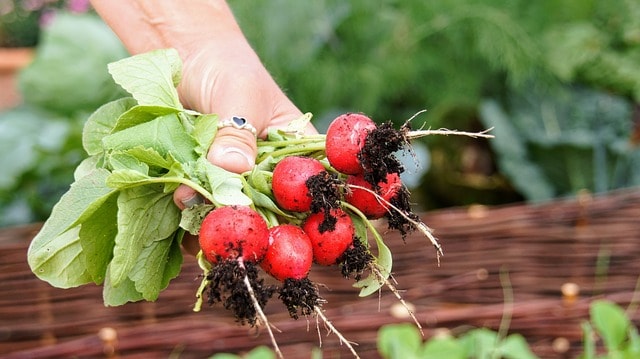
Radishes are fast-growing and can provide a harvest in just a few weeks. They thrive in cool weather and are perfect for succession planting.
12. Spinach
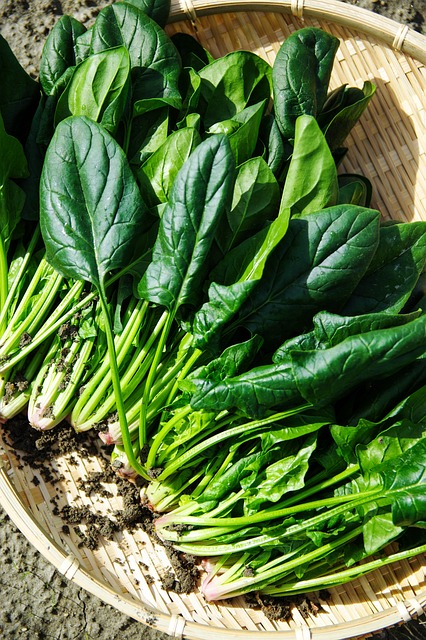
Spinach is a nutrient-packed green that flourishes in cooler temperatures. It can be directly sown into the ground.
13. Tomatoes
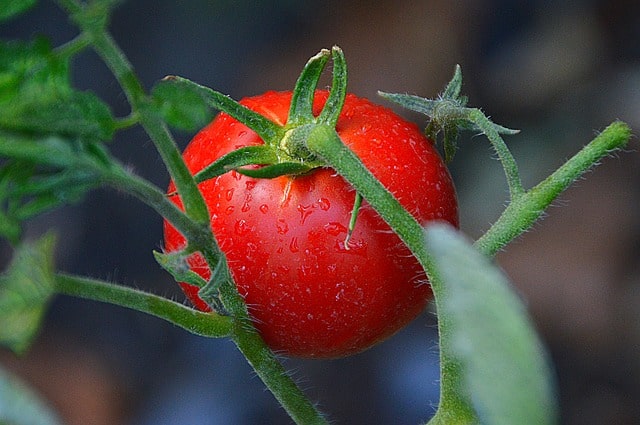
In Southern California, you can start tomato seeds indoors or plant young seedlings in a greenhouse for an early start when spring arrives.
Herbs
Herbs bring flavor to your winter cooking, and many varieties can thrive even in December:
1. Basil
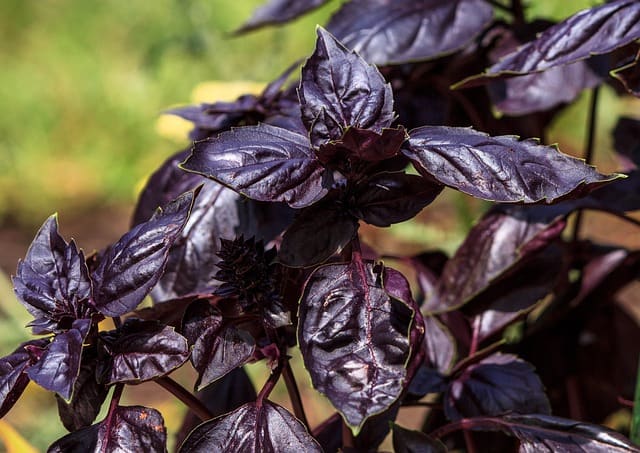
If you can provide warmth, basil can grow in pots inside or sunny spots outside.
2. Chives
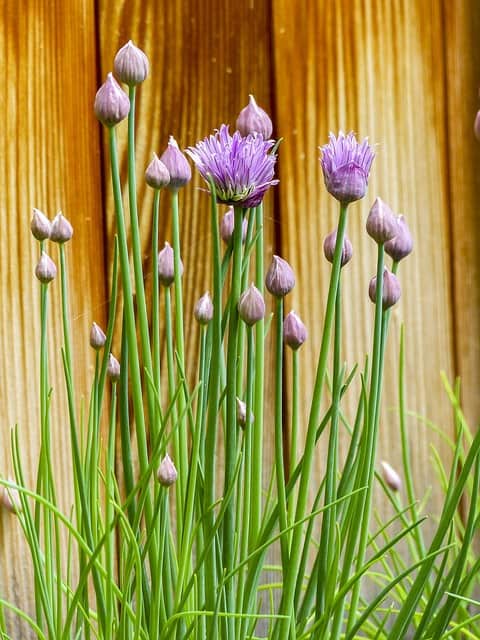
Chives are hardy and can tolerate cooler temperatures. They are a great addition to many dishes.
3. Cilantro
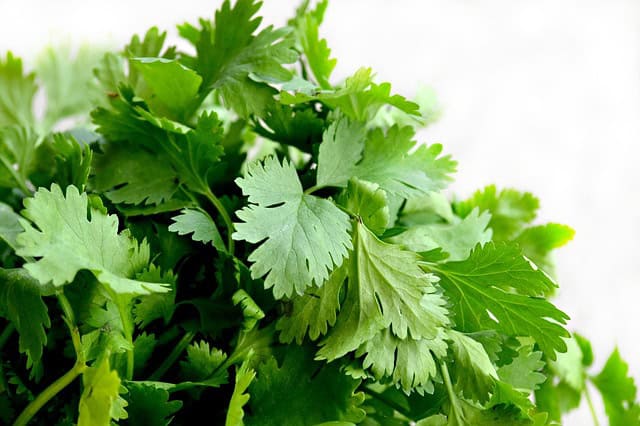
Cilantro grows well in cooler weather and can be harvested multiple times from the same planting.
4. Dill
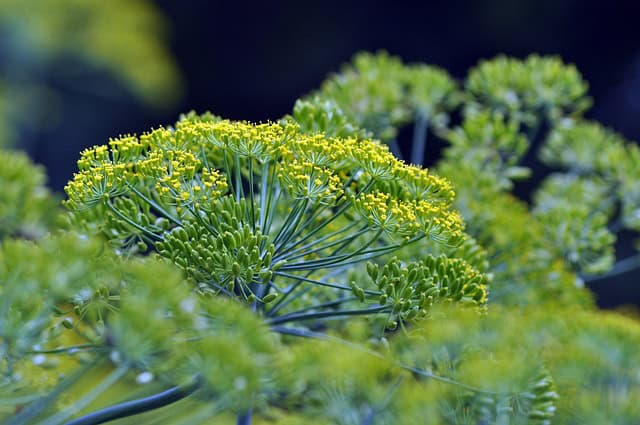
Plant dill seeds directly in well-drained soil. It adds flavor to many dishes and attracts beneficial insects.
5. Mint

Plant mint in pots to control its spread. It grows vigorously even in winter and adds freshness to teas and dishes.
6. Oregano
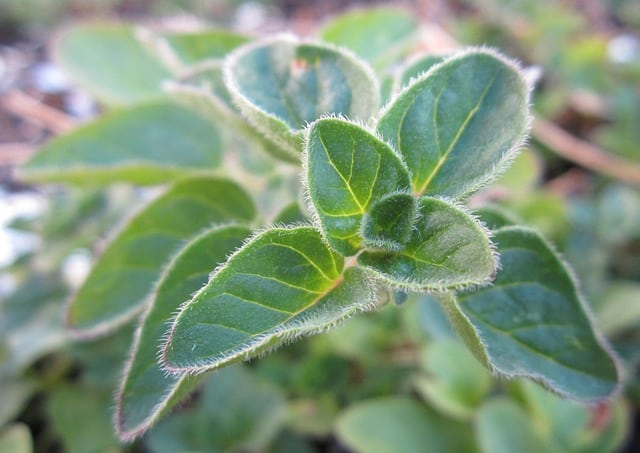
Oregano can be planted in containers or in the garden. This hardy herb thrives in well-drained soil and can withstand cooler temperatures.
7. Parsley

Parsley is an easily grown herb that prefers the cool weather of winter. Whether flat-leaf or curly, it can be harvested continuously throughout winter.
8. Rosemary
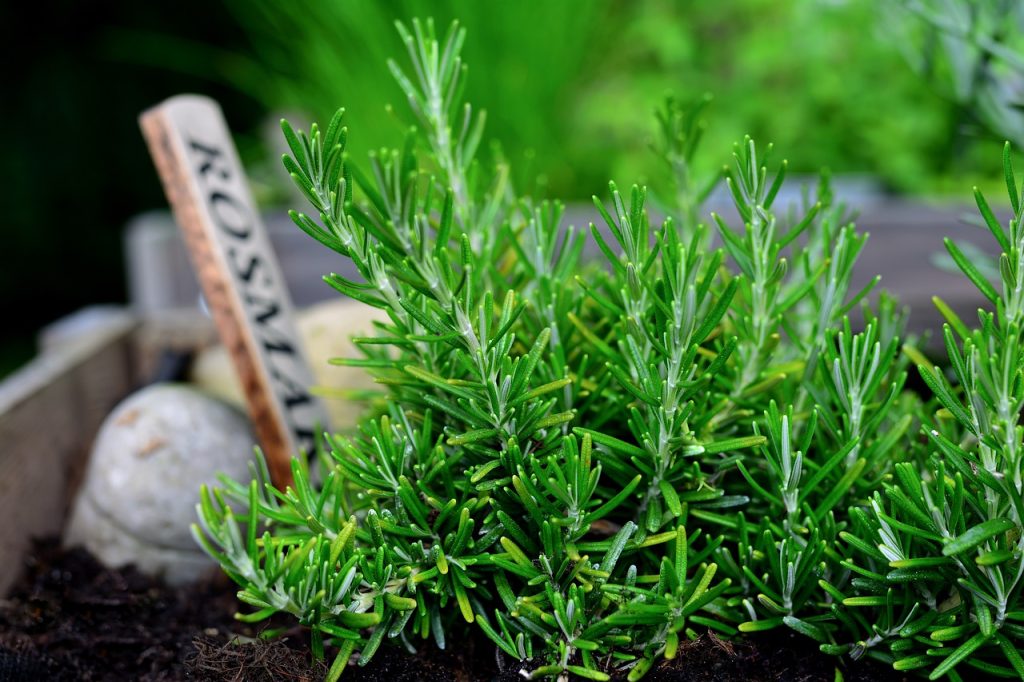
Rosemary is a drought-resistant herb that flourishes even in winter. It prefers well-drained soil and plenty of sun, making it perfect for Southern California gardens.
9. Sage
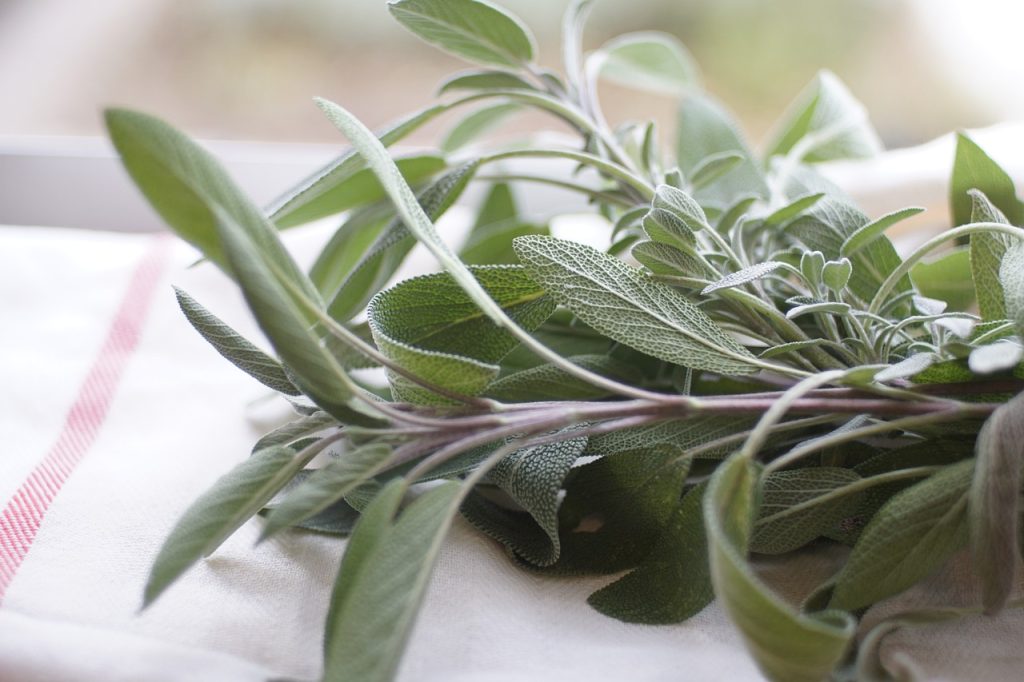
Sage is another perennial herb that thrives in cooler temperatures. Its flavor enhances various dishes and can be harvested year-round.
10. Thyme
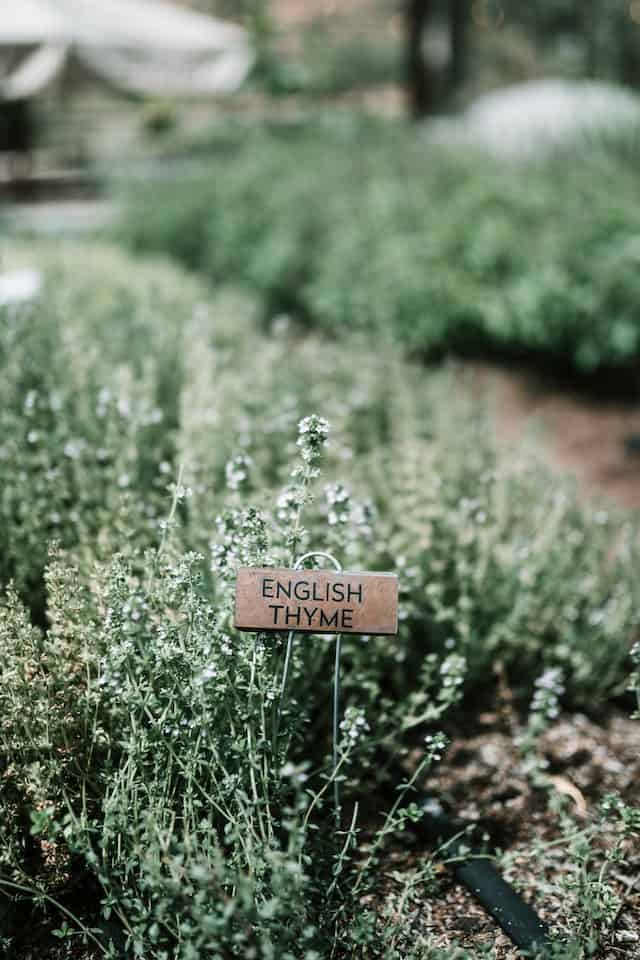
Thyme is a hardy herb that can tolerate cold weather well. It’s suitable for planting in ground beds or pots and pairs well with many culinary dishes.
Flowers
Add color and vibrancy to your winter garden by planting flowers that can thrive despite colder temperatures:
1. Azaleas
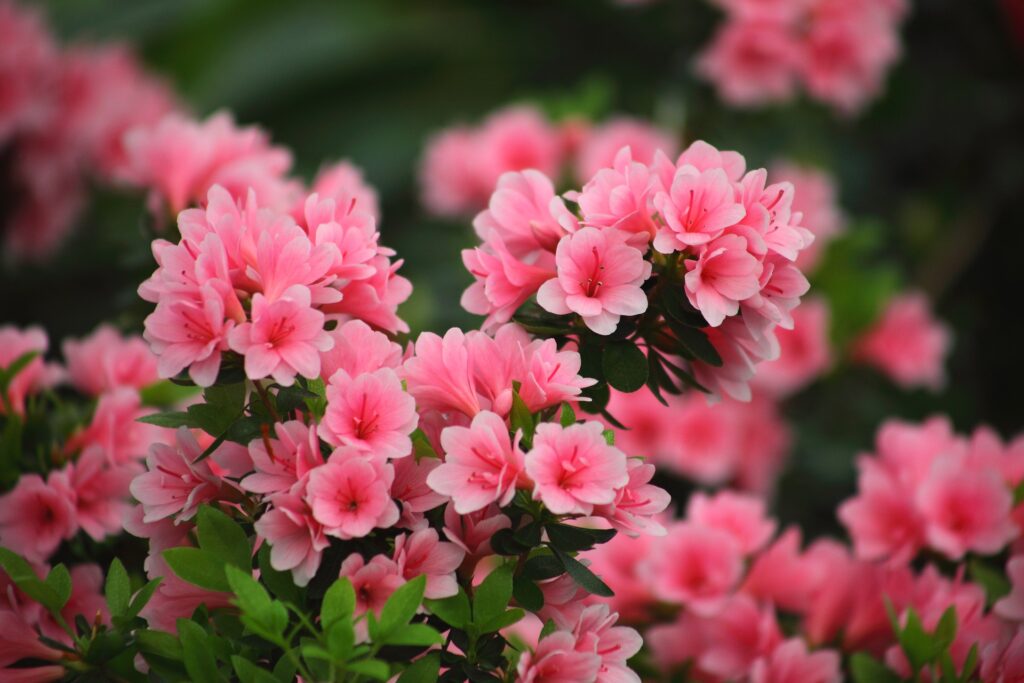
Azaleas bloom beautifully in winter and spring, providing stunning color. They prefer partially shaded areas in acidic soil.
2. Begonias
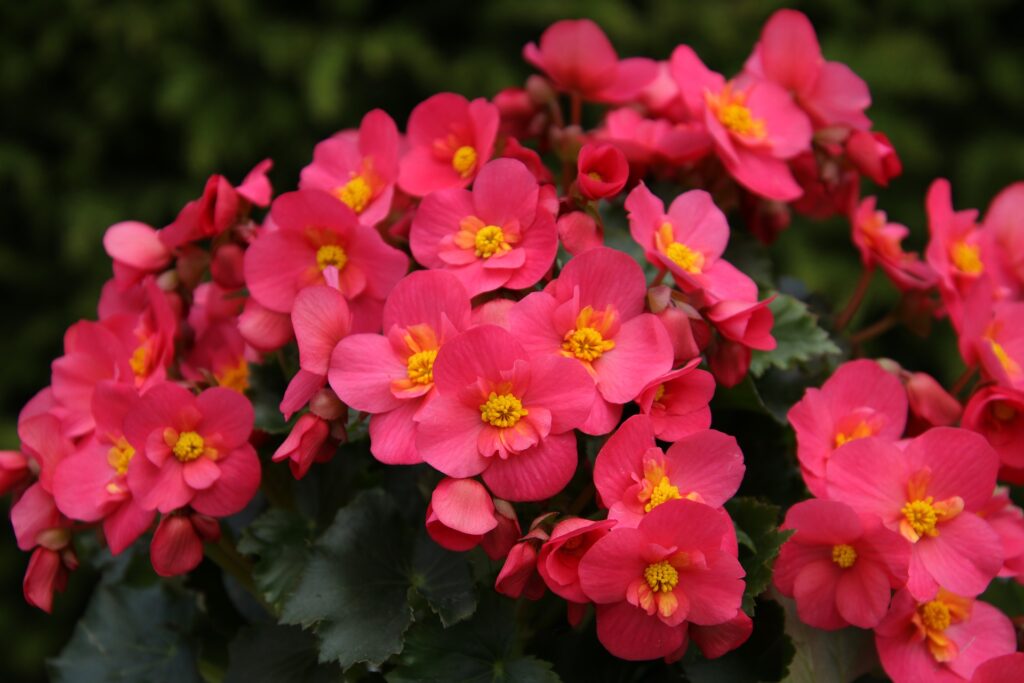
Begonias can be planted in December for a spectacular display in the following months. They thrive in shaded areas or bright indirect sunlight.
3. Camellias

Camellias bloom in the winter, offering lush flowers during the coldest months. They need well-drained soil and some shade for optimal growth.
4. Daisies
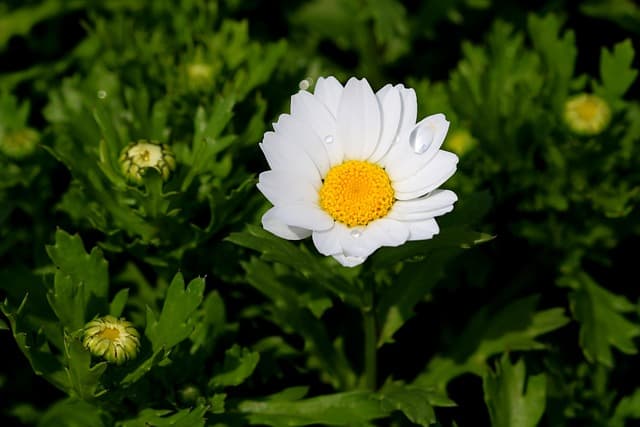
Daisies are hardy flowers that can bloom at various times of the year. Planting perennial varieties can ensure blooms through the winter months.
5. Geraniums
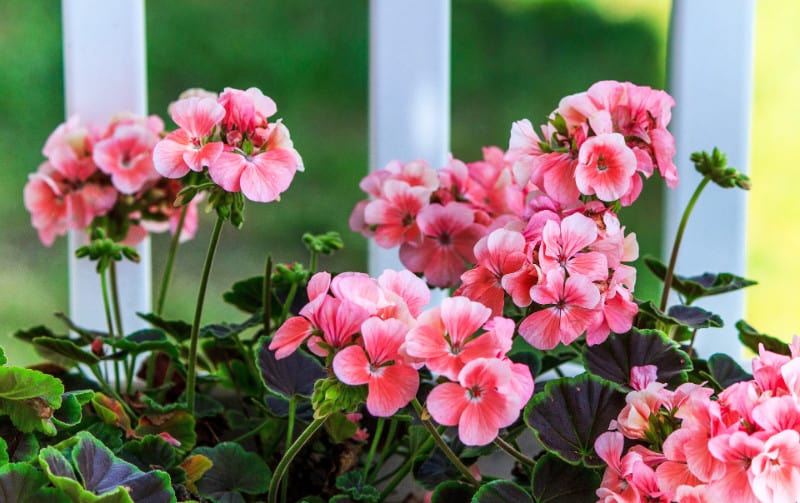
Geraniums are versatile flowers that can be grown in pots or gardens. They enjoy bright sunlight and will reward you with beautiful blooms.
6. Hibiscus

Plant hibiscus for tropical flair in your garden. These flowers can tolerate mild winter temperatures and shine brightly.
7. Impatiens
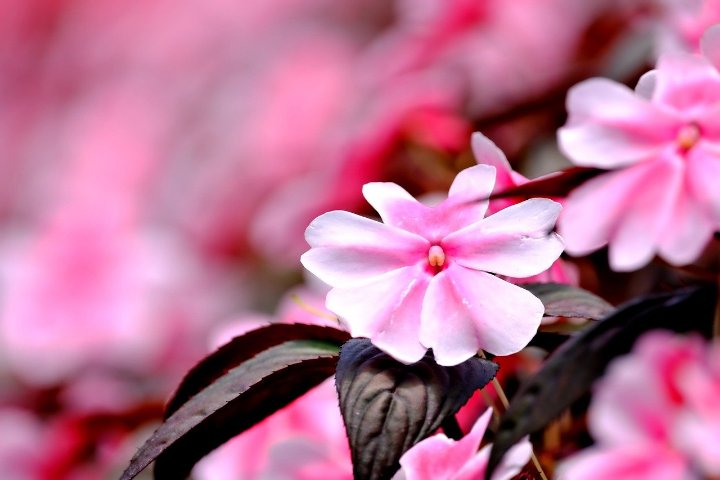
Ideal for shady spots, impatiens are highly adapted to cooler weather and provide plenty of color in your winter garden.
8. Lantanas
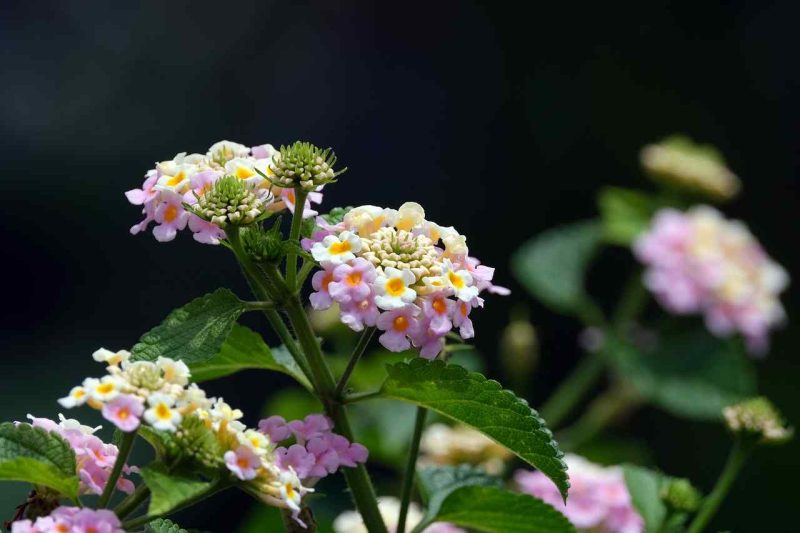
Lantanas are drought-tolerant and bloom brightly during winter. They attract butterflies and require full sun.
9. Lilies
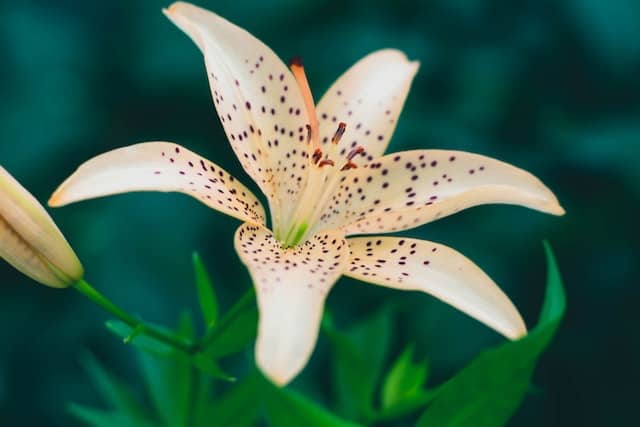
Plant lily bulbs in December to ensure a beautiful spring garden. They require well-drained soil and full sun.
10. Marigolds
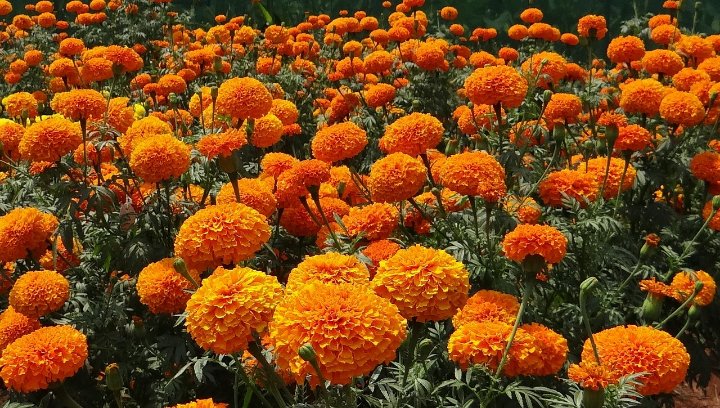
Marigolds are easy to grow and offer a burst of color throughout winter. They are also beneficial in deterring unwanted pests.
11. Pansies
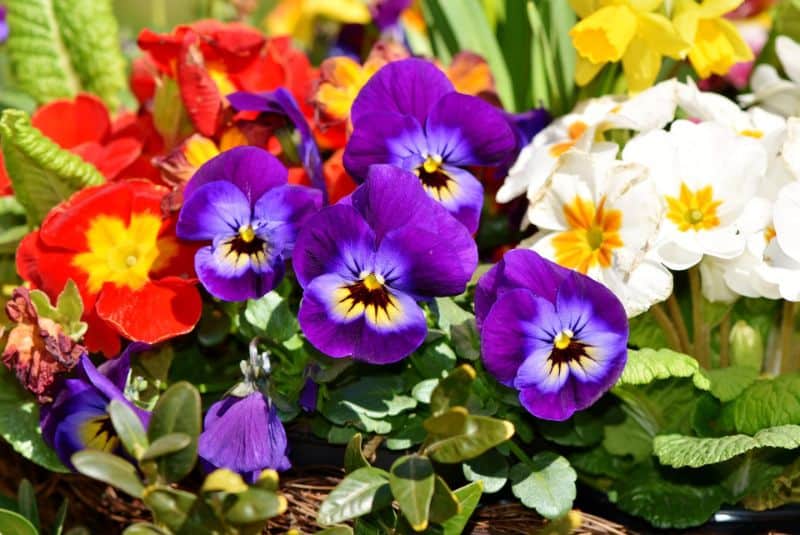
Pansies are winter favorites renowned for their vibrant blooms. They can tolerate frost, making them excellent choices for winter color.
12. Petunias
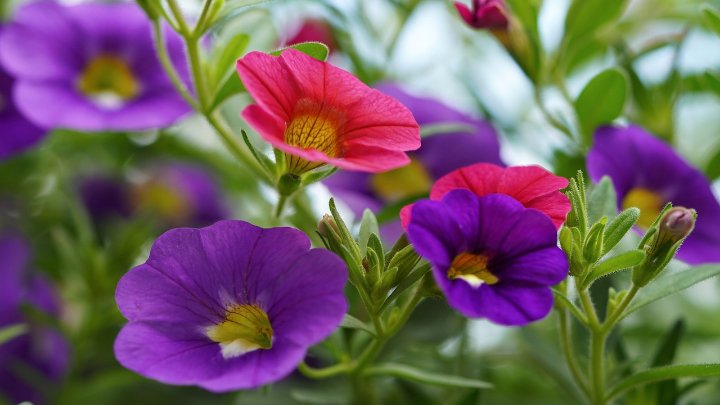
Petunias can handle the cooler temperatures. Plant them in well-draining soil where they can flourish all winter.
13. Roses

You can plant rose bushes in December in Southern California. Ensure the location receives plenty of sunlight and proper drainage for healthy growth.
Fruits
While winter may not be the traditional fruit-growing season, there are several fruits that you can plant in December that will thrive in Southern California:
1. Grapes
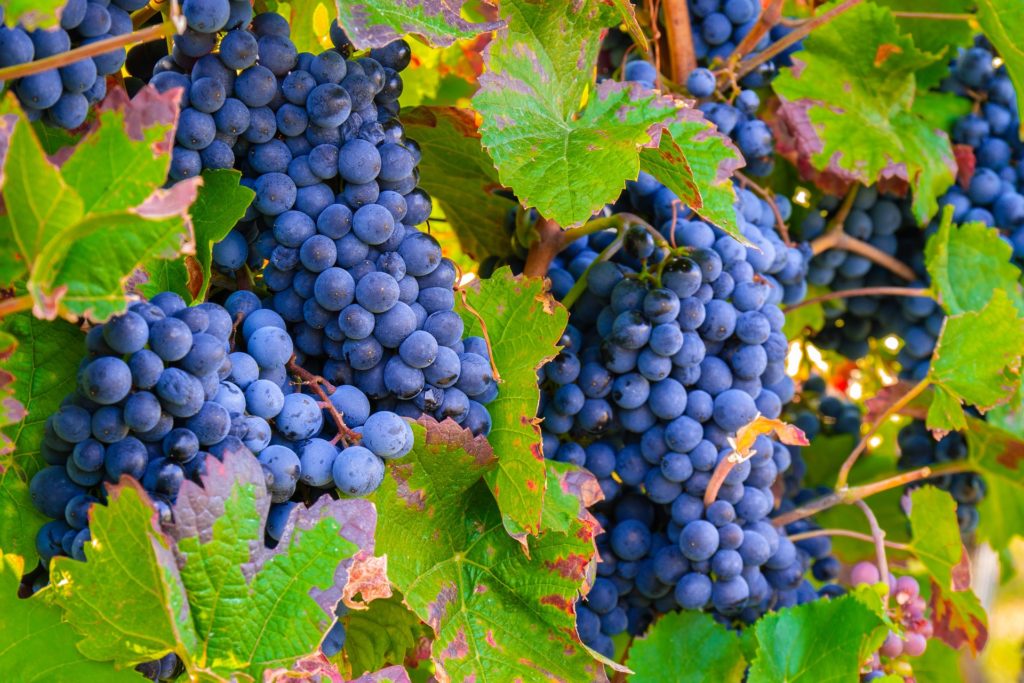
Winter is a suitable time to plan your grape garden, especially for varieties suited to your local conditions. They require ample sunlight and good drainage.
2. Oranges
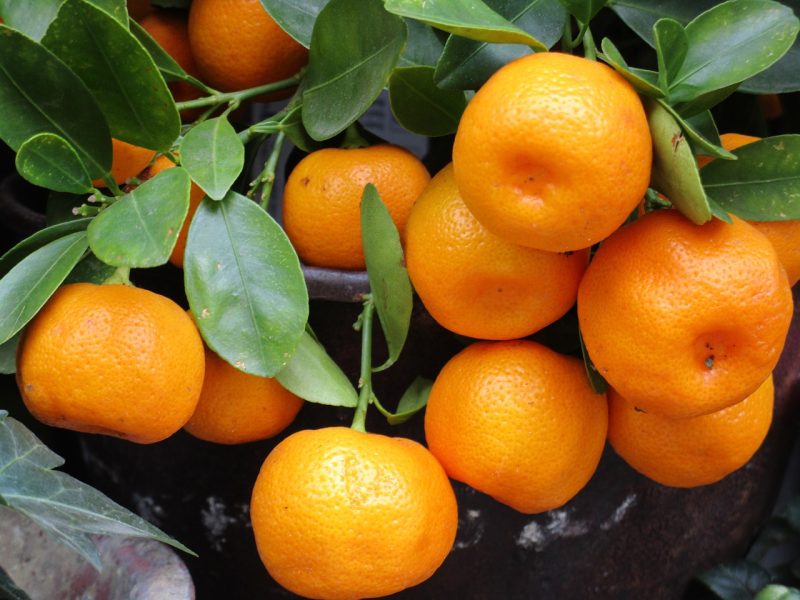
December marks the beginning of orange season in California. Planting new trees during this time allows them to establish roots.
3. Peaches
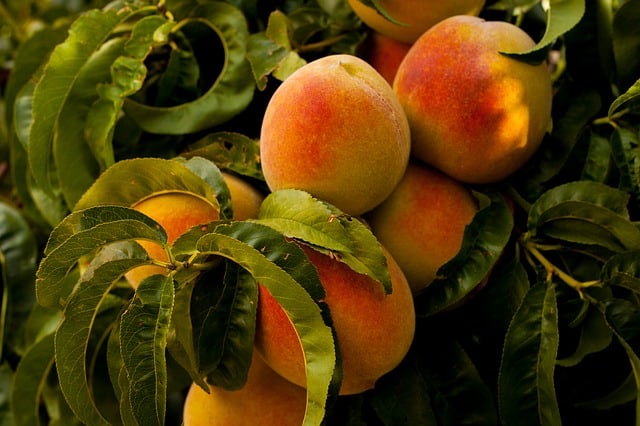
December is the time to plant bare-root peach trees. They require at least 4-6 hours of sunlight and well-drained soil.
4. Pears
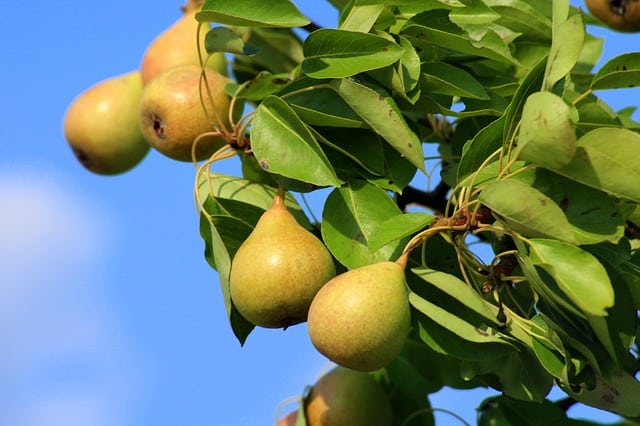
Similar to peaches, December is the ideal time to plant pear trees. They thrive in well-drained soil and establish well in winter.
5. Pineapples
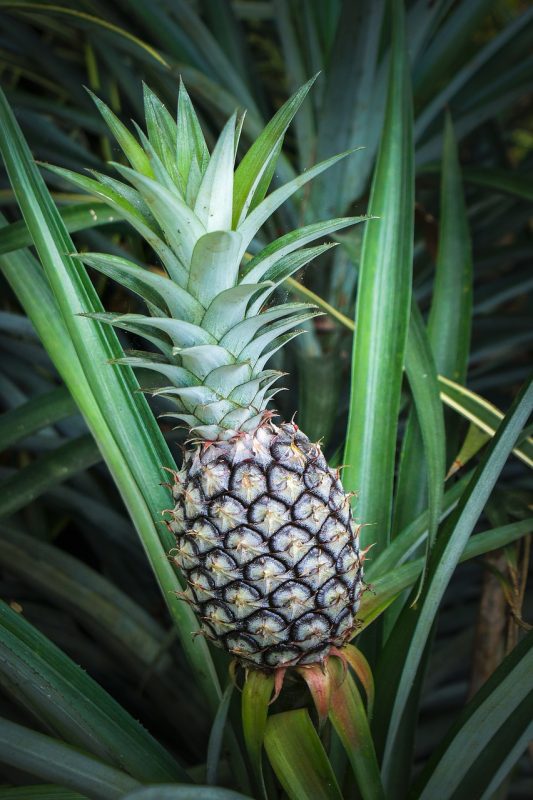
If you’re feeling adventurous, you can start a pineapple plant indoors or in a protected area. They love warmth but can be grown in milder winter climates.
6. Pomegranates
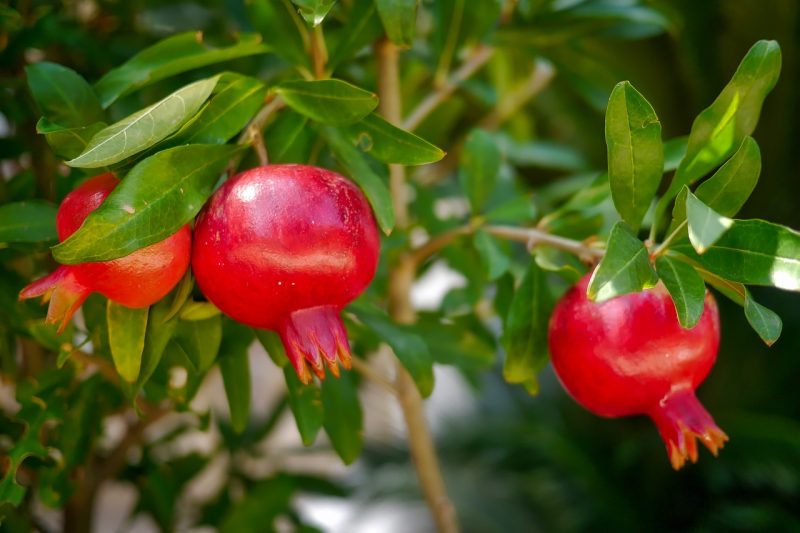
Pomegranate trees can be planted in December. They enjoy full sun and well-draining soil.
7. Strawberries
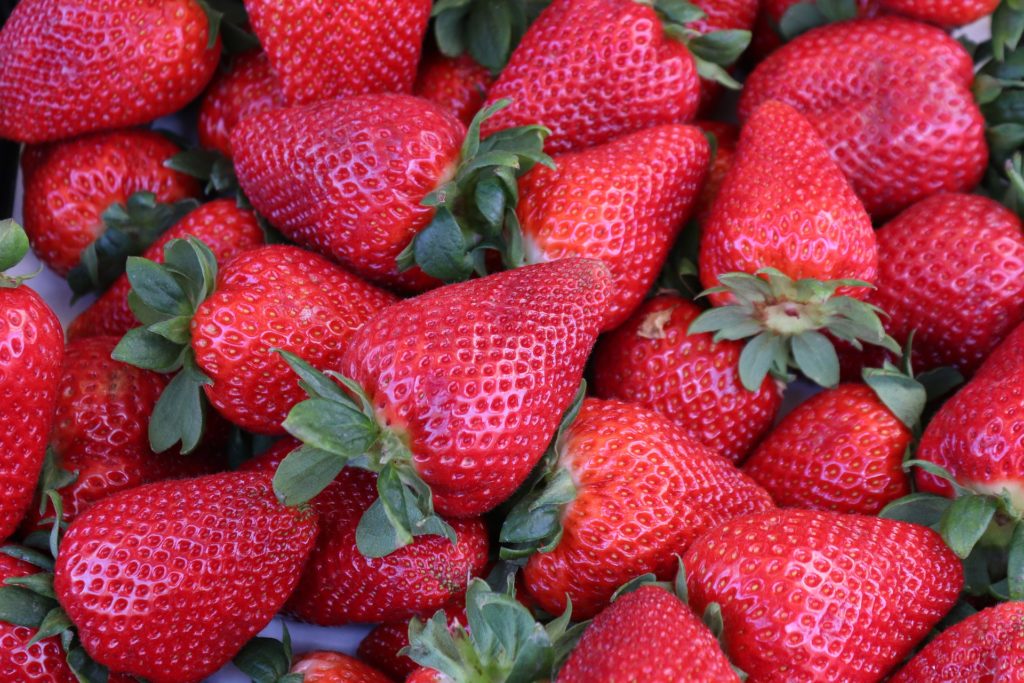
You can plant strawberries in December for an early harvest in the spring. Choose varieties appropriate for your local climate.
8. Tangerines
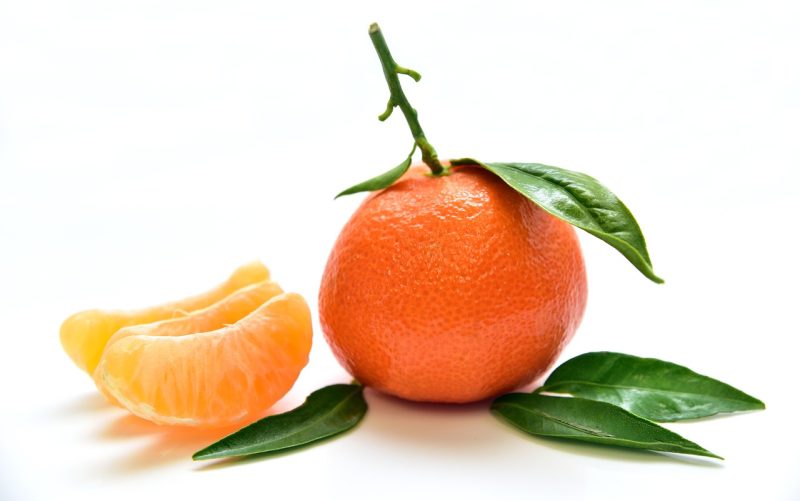
Tangerines can also be planted during December. They require sun and well-drained soil, making them perfect for Southern California gardens.
9. Watermelons
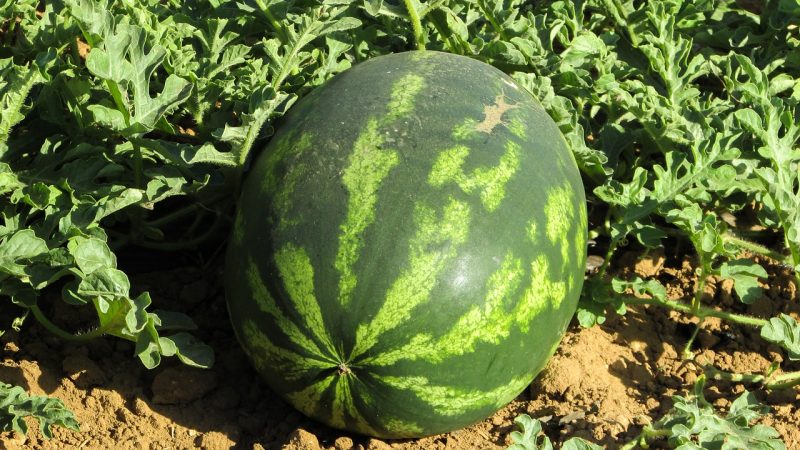
While this might seem unconventional, you can start watermelon seeds indoors in December for transplanting when the weather warms up in spring.
Essential Gardening Tips for Winter
With so much planting to do, it is equally important to maintain your winter garden effectively. Here are some essential gardening tips to help you manage your winter plants.
Soil Preparation and Mulching
Preparing Your Soil: Before planting, ensure that your soil is ready. This involves loosening the existing soil, removing weeds, and incorporating organic matter such as compost or well-rotted manure. A good soil structure will ensure that your plants have the necessary nutrients and drainage for healthy growth.
Mulching: Once you’ve planted, cover the soil around your plants with organic mulch such as straw, shredded leaves, or wood chips. Mulching helps retain moisture, suppresses weeds, and regulates soil temperature. In winter, mulch can also provide a protective barrier that warms the soil slightly, benefitting plant roots.
Watering Strategies During Winter Rains
Understanding Rainfall: Winter often brings rain, which can create an abundance of moisture in your garden. However, it’s important to monitor soil moisture levels, as excessive rain can lead to root rot or encourage fungal diseases.
Watering Wisely: Reduce the frequency of watering during the wettest periods but be prepared to water during dry spells. Installing a rain gauge can help you track cumulative rainfall. When watering, ensure that you water deeply but less frequently to encourage deep root growth.
Drainage Considerations: If you notice pooling water around your plants, consider improving drainage by installing raised beds or amending your soil with sand or grit to enhance aeration.
Protecting Plants from Cold Weather
Though Southern California has a milder winter, occasional cold spells can impact your plants. To protect them:
Fleece Covers: Use garden fleece or row covers to protect young seedlings from frost. These materials are lightweight and allow light and moisture through while adding a layer of insulation.
Mulching: As mentioned earlier, a thick layer of mulch not only conserves moisture but also protects root systems from freezing.
Microclimates: Take advantage of microclimates in your garden, such as areas sheltered from wind by walls or larger plants. Position delicate plants in these shelters to reduce their exposure to cold winds.
Container Plants: For potted plants that are less hardy, consider bringing them indoors or moving them to a sheltered spot during particularly cold nights.
Cold Frames: Building cold frames or using cloches can provide extra warmth for young plants and extend the growing season.
Planting and Maintenance
Planting in December is just the beginning. Ongoing maintenance ensures that your garden thrives throughout winter.
Starting Seeds and Transplanting
Direct Seeding vs. Transplanting: Some vegetables can be directly sown into the garden, while others may benefit from being started indoors or in a greenhouse. Plan based on the plants you choose. For instance, starting tomatoes indoors will give you a head start for spring; while leafy greens like kale or spinach can be sown directly.
Hardening Off: If you’re transplanting seedlings started indoors, remember to harden them off. Gradually introduce them to outdoor conditions by placing them outside for a few hours each day, increasing the time over a week.
Pruning and Managing Weeds
Winter Pruning: Pruning is essential for many plants during the winter. For deciduous trees and shrubs, pruning while dormant encourages healthy growth and shape in spring. Remove dead or diseased branches to improve airflow and sunlight penetration.
Weed Management: While winter weeds may be less of a problem than their summer counterparts, they can still compete for nutrients and water. Regularly inspect your garden and remove any unwanted weeds. Mulching also helps significantly in reducing weed growth.
Pest Management: Even in winter, be vigilant for pests that may invade your garden. Aphids, snails, and slugs are possible nuisances. Utilize organic pest management strategies, such as introducing beneficial insects, or using insecticidal soap to manage outbreaks while minimizing harm to your plants.
Conclusion
Winter gardening in California offers a unique opportunity to cultivate a diverse array of vegetables, herbs, fruits, and flowers, even in December. With the mild climate of Southern California and thoughtful planning, your winter garden can thrive, providing fresh produce and beautiful blooms that will enrich your landscape.
Be sure to understand your regional climate nuances and select plants that are appropriate for your local conditions. Utilize beneficial gardening practices, from soil preparation to pest management, and enjoy the fruits of your labor as your garden flourishes through the winter months.
Whether you’re a seasoned gardener or new to planting, December is an exciting time in California gardens. Embrace it as an opportunity to grow and reset for the vibrant spring that lies ahead.





